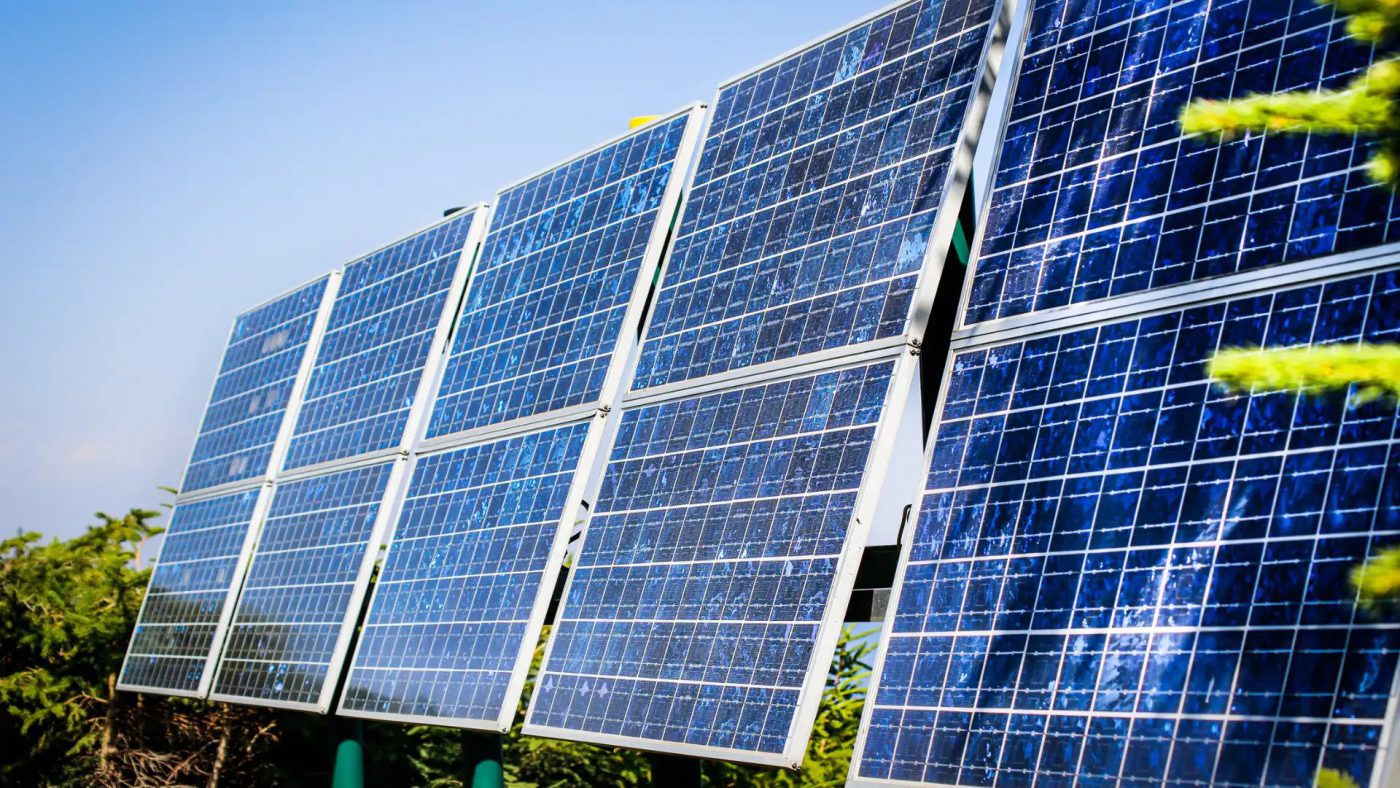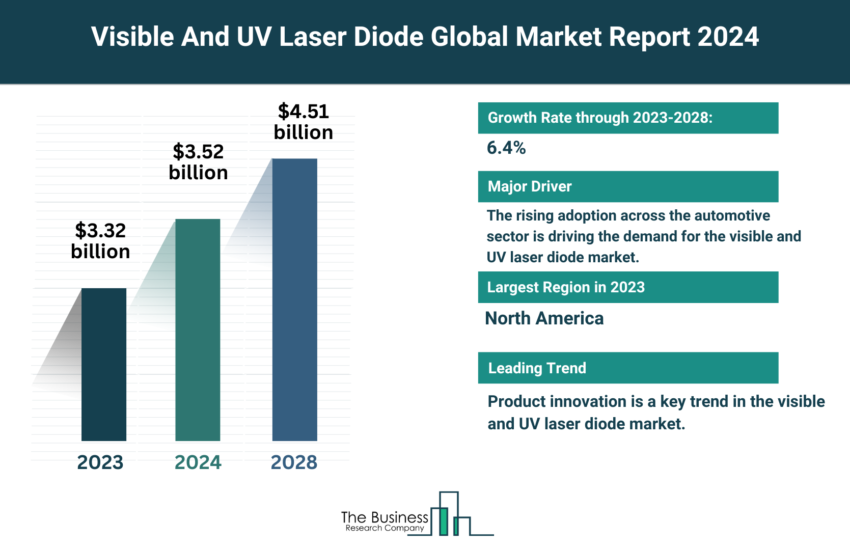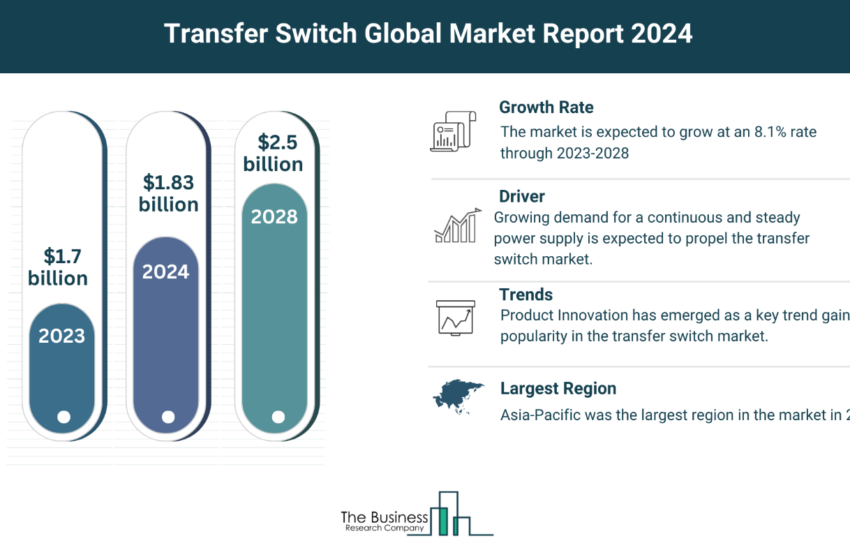Global Solar Photovoltaic Panel Manufacturing Market Size, Drivers, Trends, Opportunities And Strategies – Includes Solar Photovoltaic Panel Manufacturing Market Share
The Business Research Company’s global market reports are now updated with the latest market sizing information for the year 2023 and forecasted to 2032
Favorable government initiatives such as tax subsidies and huge investments are expected to drive innovation in solar photovoltaic panel manufacturing manufacturing, thus driving the market during the forecast period.
The global solar photovoltaic panel manufacturing market is expected to grow from $193.56 billion in 2022 to $217.42 billion in 2023 at a compound annual growth rate (CAGR) of 12.3%. The global solar photovoltaic panel market is expected to grow to $339.07 billion in 2027 at a CAGR of 11.8%.
Get A Free Sample On The Global Solar Photovoltaic Panel Manufacturing Market Report:
https://www.thebusinessresearchcompany.com/sample.aspx?id=2499&type=smp
Global Solar Photovoltaic Panel Manufacturing Market Segments Include:
- By Technology: Thin Film, Crystalline Silicon, Other Technologies
- By End-Use: Residential, Commercial, Utility-Scale
- By Grid Type: Grid Connected, Off-Grid
- By Geography: The market is segmented into North America, South America, Asia-Pacific, Eastern Europe, Western Europe, Middle East and Africa. Among these regions, Asia Pacific is the largest region in the global solar photovoltaic panel manufacturing market in 2021.
Major Market Players in the solar photovoltaic panel manufacturing market include Trina, Canadian Solar, Jinko, Hanwha Q-Cell, SunPower, Panasonic Corporation, Q.ANTUM technology, Mitsubishi Electric.
The solar photovoltaic panel manufacturing market is experiencing several significant trends that are focused on improving the rate of power production from the panels. Photovoltaic manufacturers are shifting towards monocrystalline cell technology from the more common multi-crystalline cells and modules is a prominent trend faced by the solar photovoltaic panel manufacturing industry. These cells form the building block of photovoltaic panels. Monocrystalline panels have a high-power output, occupy less space, and last longer because the formation of cells in these panels allows more freedom for the electrons to move, resulting in a higher efficiency compared to multi-crystalline cells. Many large developers in the solar photovoltaic panels manufacturing market have already increased their production of monocrystalline panels. For instance, monocrystalline solar, with an overall growth rate of 11.1%, is expected to hit $20.5 billion in 2020-2027 marking the emerging trend. Companies such as LONGi Solar, a subsidiary of LONGi Green Energy Technology are leading the mono-crystalline solar module manufacturers market. The company has experienced an increase in sales in the high-efficiency monocrystalline panels module segment. Further, companies such as LG Solar and JinkoSolar have also started investing more in the manufacturing of solar photovoltaic panels with monocrystalline cell technology.
The Solar Photovoltaic Panel Manufacturing Global Market Report 2023 provides a solar photovoltaic panel manufacturing market overview for the time series: historic years (2010 – 2021) and ten years forecast (2023 – 2032). The solar photovoltaic panel manufacturing market forecast analyzes solar photovoltaic panel manufacturing market size, solar photovoltaic panel manufacturing market share, leading competitor market positions. The regions covered in the report include Asia-Pacific, China, Western Europe, Eastern Europe, North America, USA, South America, Middle East and Africa and the countries include Australia, Brazil, China, France, Germany, India, Indonesia, Japan, Russia, South Korea, UK, USA.
A solar photovoltaic panel is a device that absorbs the sun’s rays and converts them into electricity or heat. Photovoltaics (PV) is the technology for converting sunlight into electricity by using semiconductors. When the PV cells receive the sun’s rays, the electrons in the semiconductors are released and their movement generates an electric current. These PV cells are packaged behind glass to form photovoltaic modules with an average service life of 20-40 years.
Explore Similar Reports From The Business Research Company:
Solar Electricity Global Market Report 2023
Solar Inverter Global Market Report 2023
Manufacturing Execution System Global Market Report 2023
Learn More About The Business Research Company
The Business Research Company has published over 3000+ detailed industry reports, spanning over 3000+ market segments and 60 geographies. The reports draw on 1,500,000 datasets, extensive secondary research, and exclusive insights from interviews with industry leaders.
Contact us at:
The Business Research Company: https://www.thebusinessresearchcompany.com/
Americas +1 3156230293
Asia +44 2071930708
Europe +44 2071930708
Email us at info@tbrc.info
Follow us on:
LinkedIn: https://in.linkedin.com/company/the-business-research-company
YouTube: https://www.youtube.com/channel/UC24_fI0rV8cR5DxlCpgmyFQ
Global Market Model: https://www.thebusinessresearchcompany.com/global-market-model
Found this article helpful? Share it on:



